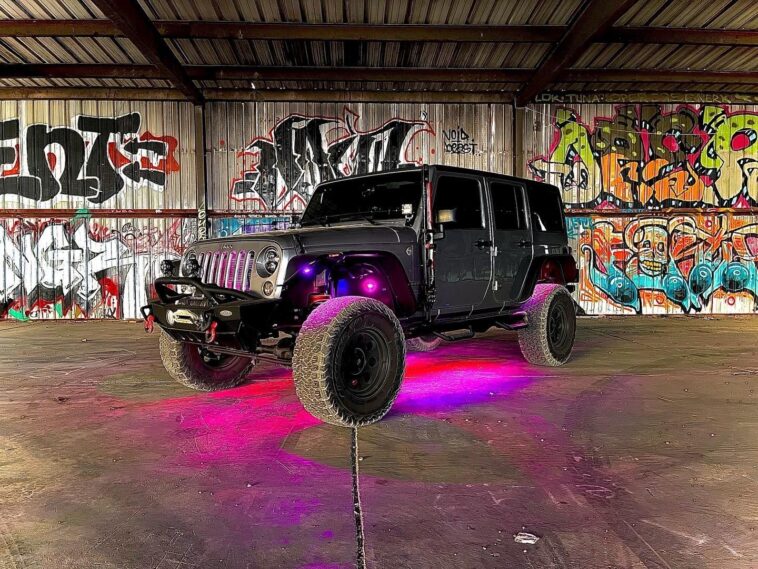Are you considering leveling your dodge, ford, toyota and other vehicle? Leveling kits are a popular modification for trucks and SUVs, and they can provide several benefits. Go with KSP leveling kits a auto parts store to provide best price and customer service. However, before you invest in a leveling kit, it’s important to understand the pros and cons of this modification.
What are leveling kits?
Leveling kits are designed to raise the front of your vehicle to match the height of the rear. This modification can provide a more aggressive look and improved off-road capabilities, especially for vehicles with a factory rake. The suspension products are available in different types, including spacer kits, strut extensions, and coil spring spacers.
Pros of leveling kits:
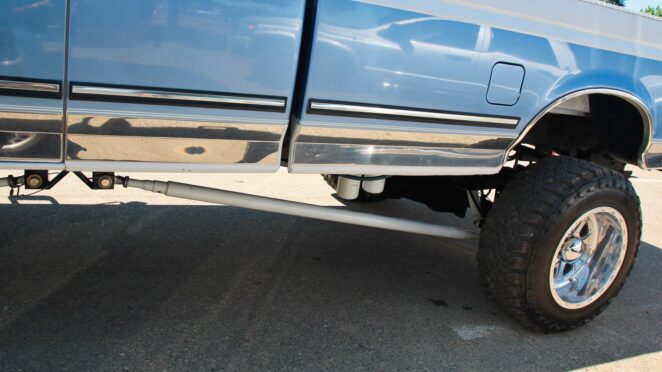
- Improved appearance: A leveling kit can give your vehicle a more aggressive and balanced look by raising the front end to match the rear.
- Better ground clearance: Leveling kits can provide additional ground clearance, which is helpful for off-roading and driving over obstacles.
- Improved handling: Leveling kits can improve your vehicle’s handling and stability, especially if you often carry heavy loads or tow trailers.
- Cost-effective: Leveling kits are generally less expensive than other suspension modifications, such as lift kits.
Cons of leveling kits:
Affects suspension: Truck Leveling kits can affect your vehicle’s suspension and ride quality, especially if you choose a spacer kit. This can result in a stiffer ride and increased wear on your suspension components.
- Decreased fuel economy: Leveling kits can increase your vehicle’s wind resistance, decreasing fuel economy.
- Voided warranty: Installing a leveling kit may void your vehicle’s warranty, depending on the manufacturer’s policies.
- Potential for uneven wear: Leveling kits can cause uneven tire wear, especially if your vehicle is not properly aligned after the modification.
Do leveling kits affect ride quality
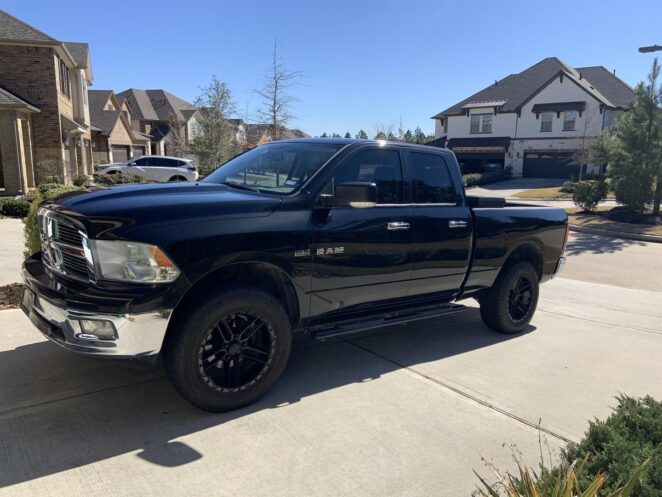
Yes, leveling kits can affect the ride of a vehicle. A leveling kit is an aftermarket suspension modification that raises the front of the car to make it level with the rear. This is often done to improve the vehicle’s appearance, make room for larger tires, or improve off-road performance.
When a leveling kit is installed, it can change the vehicle’s suspension geometry and increase the distance between the front suspension and the frame or body of the car.
This can result in a stiffer ride, increased body roll, and reduced handling performance. Additionally, the added weight and stress on the front suspension components can lead to premature wear and potential failure over time.
However, the extent to which a leveling kit affects the ride can depend on the specific make and model of the vehicle, as well as the type of leveling kit used. Some leveling kits are designed to maintain the car’s factory ride quality and handling characteristics, while others may have a more significant impact on the ride.
It’s important to research and select a reputable leveling kit manufacturer and installer and consult a professional mechanic or suspension specialist to determine the best options for your specific vehicle and driving needs.
How to Install a leveling kit
Installing a leveling kit on your vehicle can be a simple process, but following the instructions carefully is important to ensure the kit is installed correctly. For more details of installing manual, go with Here’s a general overview of how to install a leveling kit:
Step 1: Place your vehicle on a flat surface and use the emergency brake.
Step 2: Use the lug wrench or impact wrench to remove the front wheels of your vehicle.
Step 3: Use a jack to raise the front of your vehicle and support it with jack stands.
Step 4: Locate the front strut assembly and remove the bolts that secure it to the vehicle. You may need to employ a pry bar to separate the strut assembly from the vehicle.
Step 5: Install the leveling kit according to the manufacturer’s instructions. The exact steps will vary depending on the type of leveling kit you have, but generally, you will need to install spacers or extensions between the strut assembly and the vehicle.
Step 6: Apply thread locker to the bolts and torque them to the manufacturer’s specifications. This is important to ensure that the bolts are tightened to the correct torque and won’t come loose while driving.
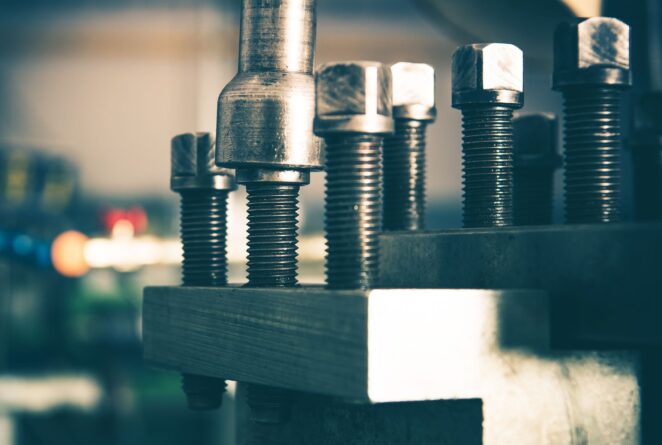
Step 7: Repeat the process for the other side of the vehicle.
Step 8: Lower the vehicle off the jack stands and re-install the front wheels.
Step 9: Tighten the lug nuts to the manufacturer’s specifications and torque them in a star pattern to ensure they are evenly tightened.
Step 10: If necessary, have your vehicle’s alignment checked and adjusted by a professional mechanic to ensure that the leveling kit does not affect your vehicle’s handling and tire wear.
What is the average cost to install a leveling kit?
The cost to install a leveling kit can vary relying on several factors, such as the make and model of the vehicle, the type of leveling kit being installed, and the complexity of the installation process.
On average, installing a leveling kit can range from around $100 to $500 or more. This cost usually includes the price of the leveling kit and the labor involved in installing it.
A basic leveling kit, such as a simple spacer kit, can cost as little as $50 to $100, while a more advanced kit, such as a coilover suspension kit, can cost several hundred dollars or more. The labor cost can also vary depending on the shop or mechanic performing the installation and may range from around $100 to $400 or more.
It’s vital to keep in mind that the cost of the leveling kit installation is only one factor to consider and that it’s also important to select a reputable manufacturer and installer to ensure the job is done correctly and that the vehicle’s handling and safety are not compromised.
Conclusion
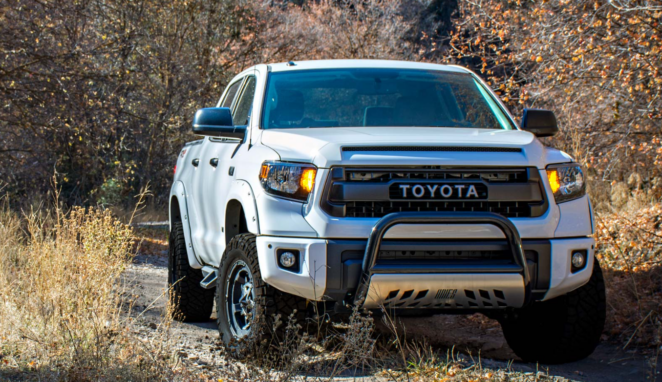
In conclusion, leveling kits can provide several benefits for your vehicle, but it’s important to consider the potential drawbacks before making this modification.
If you’re interested in leveling your vehicle, consult a professional mechanic to determine which type of leveling kit is best for your needs and ensure that the installation is done correctly.



